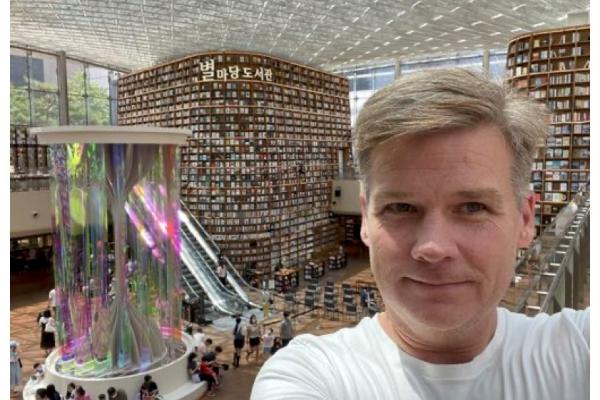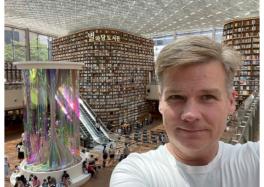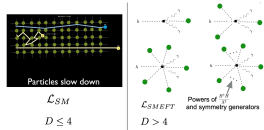
Dr. Michael Trott
Caltech/Perimeter Institute
SMEFT: the modern paradigm for particle physics data interpretation
Location: 1080 Physics Research Building, Smith Seminar Room
Faculty Host: Eric Braaten

Abstract:
I will discuss the modern interpretation of collider physics data, that has emerged since the discovery of the Higgs (like) boson. To maximize what we learn from the vigorous international collider program in particle physics, and to uncover subtle hints in the data of physics beyond the standard model, theorists have rapidly developed a series of theoretical tools. These tools are powerful constructions known as Effective Field Theories, and i will discuss the Standard Model Effective Field theory in particular, due to its central role in interpreting collider data the last decade and in coming decades. This theory is incredibly versatile and is used to combine many experimental results on different particles at the Large Hadron Collider into a coherent, and well defined, and constantly improving, field theory interpretation. To get the most out of the data using these techniques, theorists have had to develop computer codes, learn new mathematical tools, work with experimental colleagues closely developing novel data analyses, and most recently push forward with new ways of thinking “geometrically” about field theory.I will discuss these exciting developments in an introductory fashion, and explain now, amazingly, a powerful and deep understanding of the physics of the Higgs boson has forced us to think about Large Hadron Collider data in a manner that is very similar to Einstein’s Theory of General Relativity.
Bio:
Born in Canada, Graduated U. Waterloo with a Joint degree in Math/Physics, then I did a Phd at U. Toronto. After which, I took up postdoctoral appointment at U. San Diego and then won a Perimeter institute Fellowship, where I learned from leading experts in Effective Field Theory. I then won a prestigious non-member state fellowship at CERN and was present for the time of Higgs discovery. After CERN I moved to Copenhagen U, in Denmark, as an Assistant and then Associate Professor 2013-2023. funded by a series of national and international external research grants won in open competitions. My work has focused on Effective Field Theory applied to multiple areas including collider physics and the Higgs Boson, Neutrino physics and even Cosmology at times. My Copenhagen group was quite influential in laying down and continuing building up the modern Standard Model Effective Field Theory (SMEFT) interpretation of LHC data that has now become a standard approach to the global data set.

